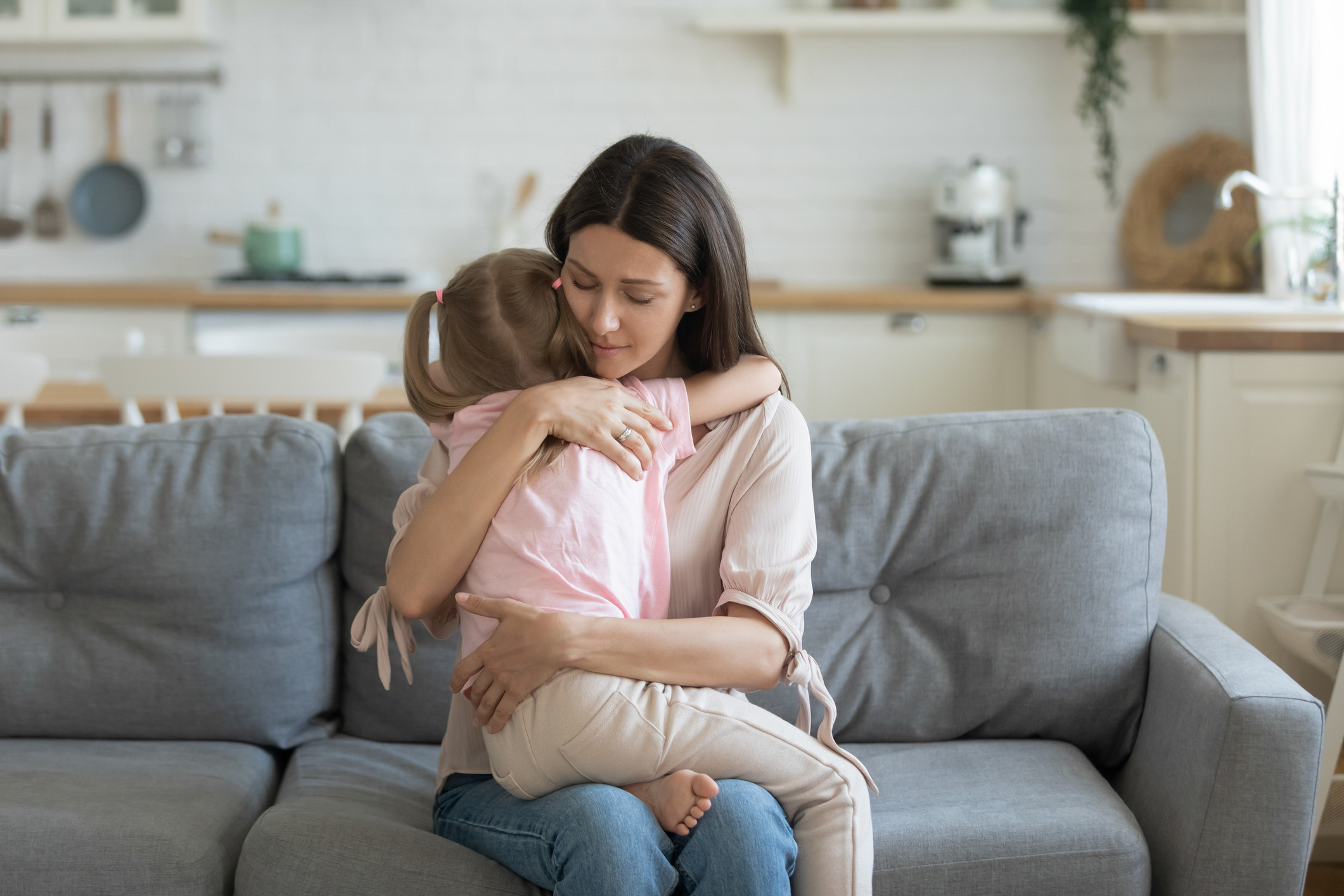Becoming a Specialized Therapeutic Foster Parent means joining a compassionate community that provides love, structure and care for children with unique needs. Our highly trained behavioral health team members at Lakeview Center help match interested foster parents with children based on their individual needs.
These youth are served in specialized therapeutic foster homes, where they can receive intensive support, structured supervision and professional interventions.
CHIPS – Changing Horizons through Innovative Parenting Systems (CHIPS) is a short-term resource (6 – 12 months on average) for children from 5 to 17 years old. CHIPS is a Medicaid-funded program that provides therapeutic foster care for children with emotional and behavioral challenges. This program also helps to address neurodevelopmental concerns, including autism and communication difficulties.
What to expect as a CHIPS foster parent:
• Provide a safe, nurturing home for 9 to 12 months
• Partner with a dedicated clinical team to support the child’s growth
• Weekly home visits from clinical staff
• Attend monthly meetings to discuss progress and treatment goals
• Receive specialized training, guidance and paid respite days
Support services include:
• Weekly, person-centered therapy for the child
• Weekly support for foster parents from a mental health professional to coordinate implementation of treatment strategies
• Additional monthly stipend based on the child’s level of need
• Special foster family support activities and events
• 24/7 on-call support from a mental health professional
If you can help change a child’s life, learn more about becoming a specialized therapeutic foster parent with our team members at Lakeview Center.
For those who are not ready to become foster parents at this time, we encourage you to support local foster parents in our community. Learn how you can help.



